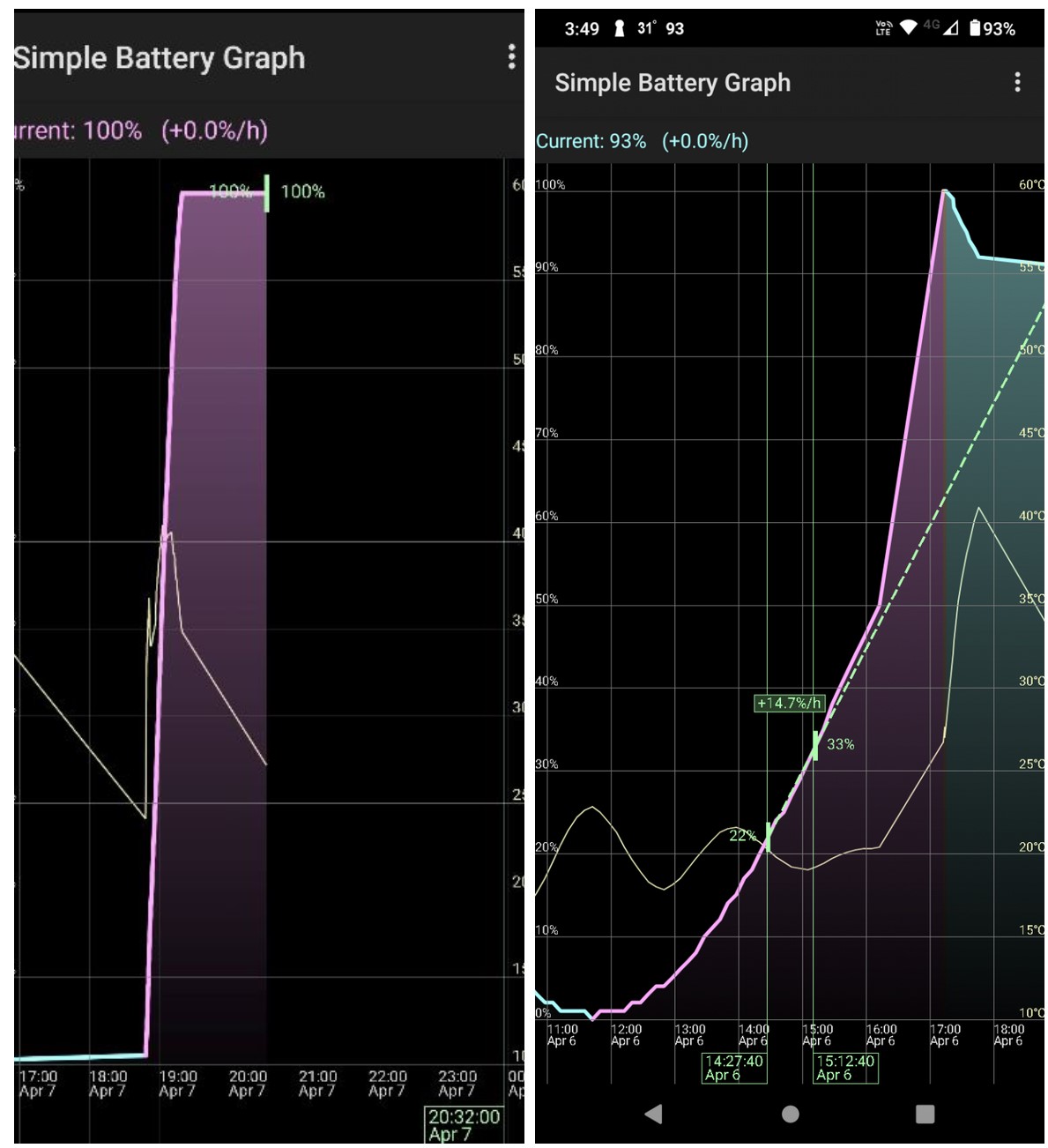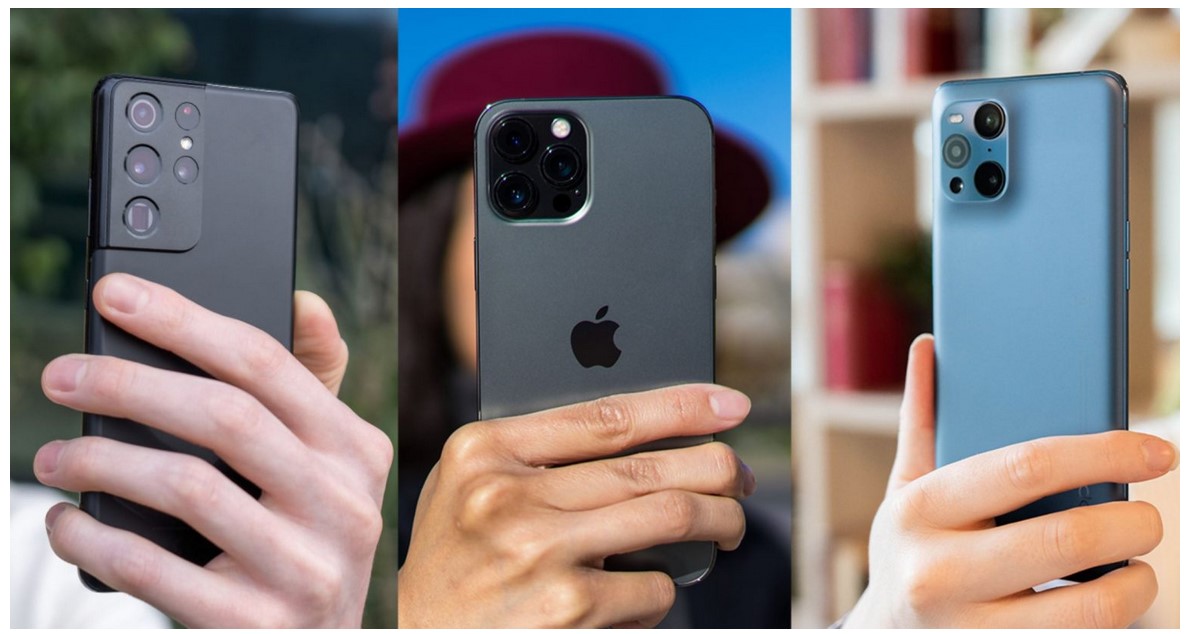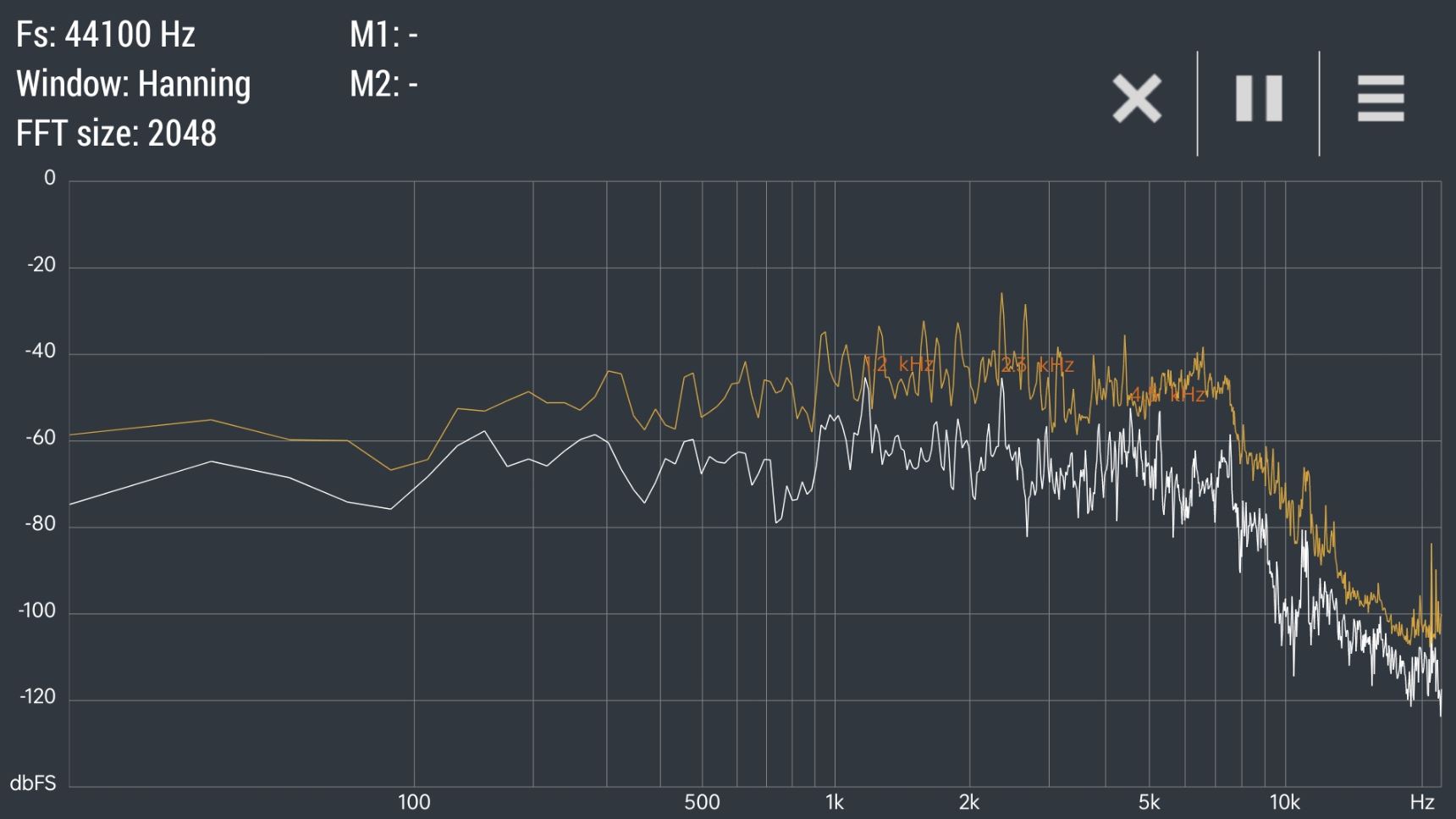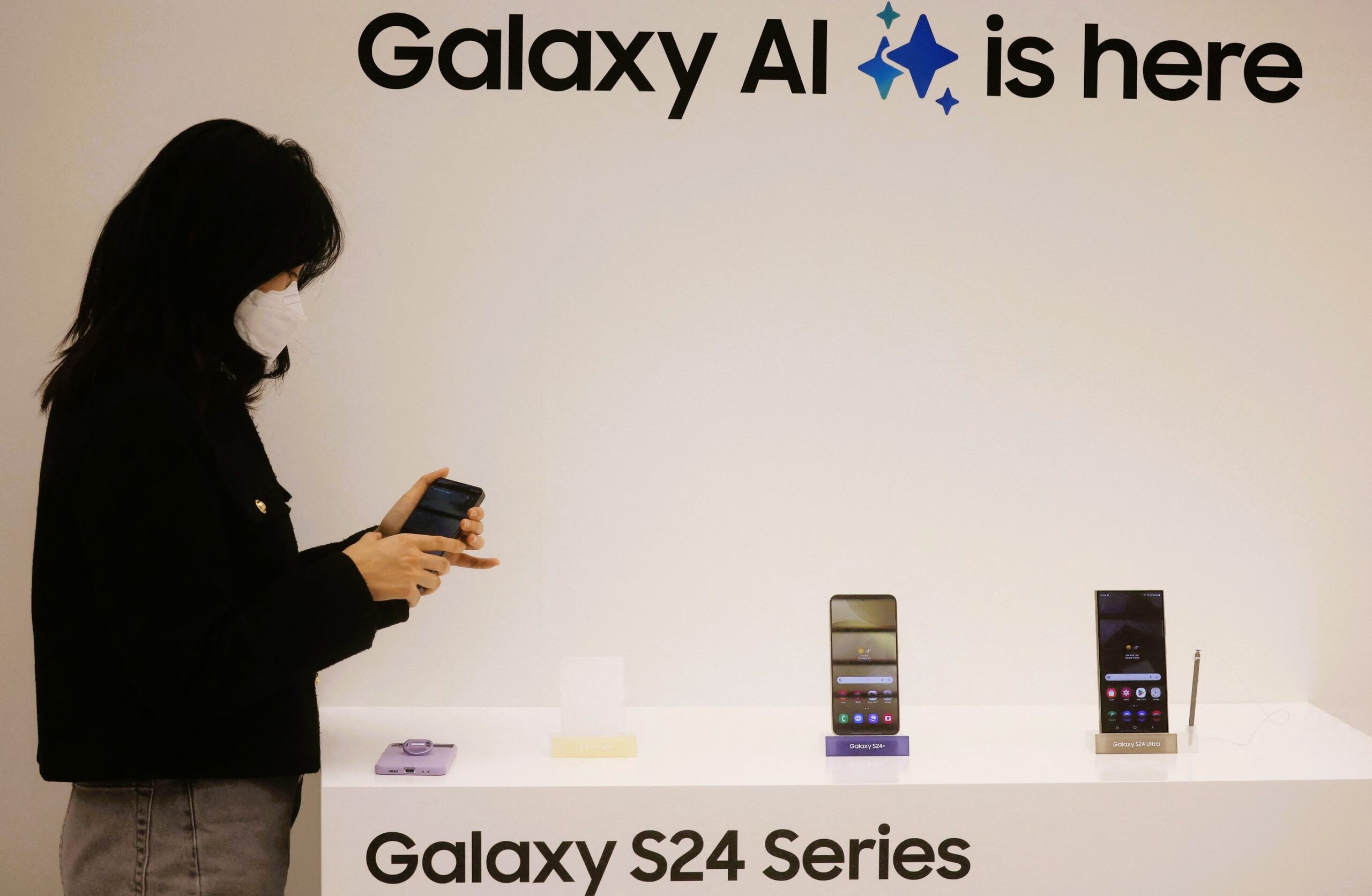Twelve essential Android smartphone buying tips (2024)

Twelve essential Android smartphone buying tips gives you the power to get what you, not the salesperson, want. Most people buy a smartphone with little knowledge of what they really need.
When you walk into a store, the salesperson asks two questions to profile you. Are you an iPhone user (in which case, stop reading now as you will take whatever has its logo on it), and what do you want to spend?
Then, as salespersons are wont to do, they will show you the easy sell. They invariably trot out Samsung or the brands/models with the largest sales incentives.
Twelve essential Android smartphone buying tips (2024)
We usually update this guide annually. But the thing that struck us was the overwhelming change in the last twelve months.
It is hard to go wrong with Samsung, OPPO and Motorola. Other brands like ASUS, Nothing, Xiaomi (Poco and Redmi), and HMD exist, and you can often get better specifications and value from them. If you are tech-savvy, this may be the way to go.
Here is Cybershack’s proven way to buy a smartphone. Models usually change every six months, so we look at what you get and refer to our Best Android Phones July 2024 – some gems there (to be updated in December).
What can you afford?
Only go phone shopping with a firm budget. Otherwise, you are at the mercy of the salesperson, who uses the old ‘good, better, and best’ scenario. If you only need a three-cylinder car, don’t drive out with a V6.
- <$100 – It will be a feature, not a smartphone. You won’t get any half-decent Android smartphone.
- $101-199 – 4G, minimum 4GB RAM and 32GB storage, single or dual camera and 5000mAh battery, MediaTek or UNISOC SoC (System-on-a-chip). We find it hard to recommend any in this category, but the OPPO A18 is the best choice.
- $200-299 – 4G, minimum 4GB RAM and 128GB storage, dual or tri camera, 5000mAh battery, MediaTek or Qualcomm SD4XX SoC, 4G. It is nice to have NFC for Google Pay. OPPO A40 4G and A60 5G and Motorola g54 5G dominate this bracket
- $300-399 – In the low-end 5G territory with MediaTek Dimensity or Qualcomm SD4X and 4-6GB RAM and 128 or 256GB storage. Pick – OPPO A80 and Motorola g85.
- $400-499 – This is the sweet spot where all brands stop cutting corners to save money and start making some nice phones. They will all be 5G, 128GB to 256GB; some will even have high-end 108MP cameras. Pick – Samsung A35 or Motorola Edge 50 Fusion
- $500-599—All 5G. Here, you will see ‘Lite’ versions of upper mid-tier phones. All that means is that they may use a MediaTek Dimensity 800 or Qualcomm SD6X series. Pick—OPPO A98. Honourable mentions: Nothing (2a) and Redmi Note 13 Pro.
Continued
- $600-$699—We are now in serious 5G territory, where you should expect a 1080p AMOLED screen, 256GB, fast charging, and pretty good cameras. Pick the Samsung A55 or Motorola Edge 50 Neo.
- $701-799—There is not a lot of action here, but you usually see run-out discounts. The pick includes the OPPO Reno 12 and Motorola Edge 50.
- $800-$899 is the most you need to pay for a fully featured mid-range with a Qualcomm SD7XX processor, 256GB, and some excellent cameras. Pick the Motorola Edge 50 Pro, but you should also consider the Google Pixel 8a.
- $900-$999—These entry-level versions of premium models offer excellent price and performance. Look for at least 256GB, Qualcomm SD7XX or 8XX, 50MP tri-cameras, fast charging, and AMOLED screens. Pick—OPPO Reno 12 Pro. Honourable mention Nothing Phone (2). There are quite a few 2023 models on runout pricing.
- $1000 plus. It is more like $1500 plus, and you have a choice of flagships. Picks include the Samsung S24 range, Google Pixel 9 (or 8 for a bargain), and ASUS ROG Phone 6. See AI later.
- Fliup and Fold: Motorola Razr 50 and Ultra Filp (Pick), Samsung Galaxy Z Flip6, Samsung Galaxy Z Fold6 and Google Pixel 9 Fold (Picl).
Processor/RAM/Storage/Micro-SD
SoCs come from Qualcomm, MediaTek, Samsung Exynos, and Google Tensor (loosely based on Samsung Exynos). Think of these as car engines: 3-cylinder, 4-cylinder, V6, V8, and ludicrous.
- Lower-cost 4g use MediaTek, UNISOC or Qualcomm SD4XX.
- Mid-cost 5G use MediaTek Dimensity 600 or 700 and Qualcomm SD6X
- Higher cost use Samsung Exynos 2200, Qualcomm SD7X, or 8X (flagship). There is little difference in performance at the lower end, but it makes a massive difference for gaming and pro use at the higher end.
Android runs on 4GB, so get as much RAM as possible. While 64GB storage is minimum (about 32GB free), 128GB or more allows you to keep more photos and music. Micro-SD enables you to increase storage inexpensively but, for the most part, cannot be ‘mounted’ to run apps or used as live storage, meaning you have to copy from the system storage to it.
Screen
Most screens are 6.4″ or larger. Cheaper models use IPS LED/LCD 720p screens, followed by 1080p and 2160p. I have not seen a bad screen, but go for at least a 1080p if you can get it. LCD screens have lower daylight readability. AMOLED screens are brighter and have better daylight readability.
Refresh rates vary from 60, 90 to 120Hz. Unless you are a gamer, 60Hz is fine and gives better battery life.

Battery
Most have batteries between 3000-5000mAh—the bigger the ‘tank’, the longer it should last. Recharge speeds are more critical.
- Cheaper phones have 10W chargers and can take 4-6 hours.
- 15W ‘Fast charge’ (a real misnomer) may reduce that time by an hour.
- Real fast charge (from 35 minutes to under 2 hours). Look for OPPO SUPERVOOC or at least a 35W fast charge.
- Some phones have 65/80/100/125W chargers
- Many phones do not supply a charger. In this case, look for a multi-port GaN PD 3.0 or PPS charger and get a 5W cable for maximum charge speed.
- Qi wireless is convenient and charges at a maximum of 15W. If your phone supports this, get a Qi charger from Belkin.

Camera
All brands claim camera prowess. OPPO has bragging rights and usually takes the best image. Motorola and Samsung are good, too.
- Lower-cost smartphones take pretty good pictures in day-or-office light (we call that better than social media standards). Here, a primary sensor of 50MP binned to 12.5MP, and perhaps a depth or macro sensor of 2MP is all you need. Selfies will usually be <10MP. You generally sacrifice low light, ultra-wide and portrait (bokeh) capabilities. These phones lack AI image processing power.
- $500+ add ultra-wide, wide-angle, macro, depth, telephoto, and night mode. Here, standard specs include a primary sensor of 50MP (bins to 12.5MP), 10MP ultra-wide, and lots of AI processing power are standard.
Only decide based on camera specifications if you need telephoto lossless zoom or are a camera buff.

Phone reception strength 4G and 5G – critical
Most low-cost phones, especially 5G ones (MediaTek, UNISOC SoC), have low reception signal strength, finding only the closest tower. A Google Play app called Network Cell Info Lite can measure strength in femtowatts (fW) and picowatts (pW = 1000 fW). It also measures the strength of adjacent towers. All phones are acceptable in the city and suburbs, where Optus/Telstra Band 28 towers are plentiful.
Phone makers can pay Telstra to test for Bluetick, but it is expensive. Read Telstra BT or BS. A Qualcomm SD6, 7, or 8 SOC almost guarantees good regional and rural reception.
5G is trendy but more expensive. However, you can use any 5G phone to access low-cost 4G resellers like Woolie, Coles, Aldi, Boost, etc.
Finally, most phones are DSDS (Dual SIM, Dual Standby), meaning only one SIM can be active. Qualcomm has introduced DSDA (Dual SIM, Dual Active) on its SD8X series, meaning both can be used simultaneously, which is very handy.
Wi-Fi, Bluetooth (BT), USB-C, Sensors, GPS, and NFC
- All lower-cost phones will have Wi-Fi 5 AC dual band 2.4/5Ghz(43Mbps), BT 5. x, single-band GPS, and at least a combo accelerometer/gyroscope and ambient light sensors.
- More expensive phones will have Wi-Fi 6E AXE or Wi-Fi 7 (up to 5000Mbps), BT 5.3 multipoint, Dual or triband GPS and more sensors.
If you need more sensors, such as step recording, altimeter, gravity, gaming rotation, barometer, etc., a Google Play app called AIDA64 will tell you what sensors are in a phone.
GPS is typically single band and has around 5m accuracy on lower-cost devices. More expensive phones have dual or tri-band (works globally) with an accuracy of <2m.
NFC enables Google Pay for convenient payment.
USB-C is usually V2.0, allowing OTG (cut and paste) only to external flash drives and storage. If you need a mountable external SSD, then you need a fully implemented USB-C 3.1 or 3.2 Gen 1 (5Gbps) or Gen 2 (10Gbps). This also allows Alt DP display via USB-C to USB-C or HDMI on a TV or monitor.
Sound
Most lower-cost phones are mono (earpiece speaker for phone calls and a bottom-firing speaker for ringtones, alarms, and music). These are all tuned for clear voice and abysmal for music with no bass or treble to round out the mid-signature. If you listen to music via 3.5mm buds or BT earphones, all will sound OK.
Stereo speakers are necessary if you want a better experience. Micro-speakers do not provide much better or more immersive sound. Amplifiers are better here, support hi-res music, and give better sound over 3.5mm and BT.
A note on Dolby Atmos and DTS:X—they are all a sham and will not give you expansive 3D spatial sound. All they mean is that they can downmix to the phone’s stereo speakers. While this may provide a better sound stage, it is not the reason to buy. Having an EQ (equaliser) on the phone is far more helpful.

Android – OS upgrade and security patch policies are critical
All phones should ship with Android 14. Avoid Android 13; you won’t get an OS upgrade or security patch updates. Samsung, Google, OPPO, and Motorola all have generous update policies that keep phones up-to-date and secure.
Look for at least two OSs and two years of security patches, and be willing to pay a little more—the longer, the better.
Warranty and support
Sadly, many only offer one-year warranties. Do not be tempted to buy extended warranties or care packs, as your Australian Consumer Law Warranty rights cover these. A longer warranty means the company is more confident in the phone’s quality.
But if things go wrong, you need good local support. Samsung, OPPO, and Motorola seem to have nailed that.
Buy genuine
The moment you step outside the usual significant retailers and telcos, you will 99% likely buy a grey market, parallel import, or even a counterfeit phone. Tell-tale signs include international power adapters (or non-genuine AU ones), shrink-wrapped (no box), a Start-up screen in an Asian language, and no RCM C-Tick mark under Settings, Regulatory information.
These phones, no matter how much of a bargain, generally:
- Have no Australian warranty or support
- It may not update over the air
- Can’t make a 000 emergency call without a SIM
- It may not support all Australian 4G and 5G bands
- It may not work on 5G in Australia, anyway
- This can lead to billing issues as they are tuned for international networks
- It may not support the legal 5GHzx and 6GHz Wi-Fi channels
This applies to second-hand, refurbished, and so-called demo stock sold via the likes of Kogan, Dick Smith, Matt Blatt, Amazon, and eBay ‘marketplaces’.
Read
- Don’t buy a grey market smartphone
- Buying a second-hand or refurbished phone. Bargain or other persons problem
Be warned – it is a huge problem.

AI – do you need it?
These days, everyone claims AI, but the fact remains that this is more a window to what AI will be than what it is now.
In 2024, AI is still a sales gimmick, with the more expensive phones having a dedicated NPU (neural processor unit and 12, ideally 16GB of RAM.
Let’s just say that if you think you need AI, then research very carefully. You really only have a choice of Google Pixel 9 and Samsung Galaxy S24 Ultra.
Read

So, you thought that buying a smartphone was easy?
We could have confused you with second-hand values (none after three years) and so many more of the 70+ tests we run. Suffice it to say that you really cannot go wrong shopping at Harvey Norman ()and sub-brands), JB Hi-FI, GoodGuys, Officeworks, Bing Lee and the major Telcos. Once you have purchased outright, don’t take the first mobile voice and data plan – shop around as there is terrific value from $20 per month at Woolworths (Telstra network), Aldi (Telstra), Boost (Telstra) and Coles.
Summary
- Buy what you can afford
- Go for Qualcomm Snapdragon Chips over MediaTek, Samsung Exynos and UNISOC
- 1080p LED/LCD is fine for most, but OLED is best for all
- You will probably need to buy a charger, so allow an extra $50 or look for a phone with a charger inbox.
- All cameras are decent—social media class or better. But camera technology really makes a difference when you spend $800+.
- Adequate phone reception in cities and suburbs on Optus and Telstra band 28 is a given. You must look for a Qualcomm SoC and modem if you live in regional towns or rural areas.
- Comms – Wi-Fi 6E or 7 is best. USB-C 3.1 or 3.2 is best.
- Don’t expect phones to have good sound—they rarely exist. For better sound, use Bluetooth and look for 5.2 or later and Qualcomm aptX codecs.
- Android 14 (or later) and look for at least 2 OS upgrades and two years of security patch support.
- Look for longer warranties, but do not buy an extended warranty; ACL covers you at no cost.
- Buy Genuine. We cannot stress enough that Australian-certified phones (not global models) are very different.
- AI is not a must-have yet (nor is 5G)

, Twelve essential Android smartphone, Twelve essential Android smartphone, Twelve essential Android smartphone, Twelve essential Android smartphoneTwelve essential Android smartphone, Twelve essential Android smartphone, Twelve essential Android smartphone







